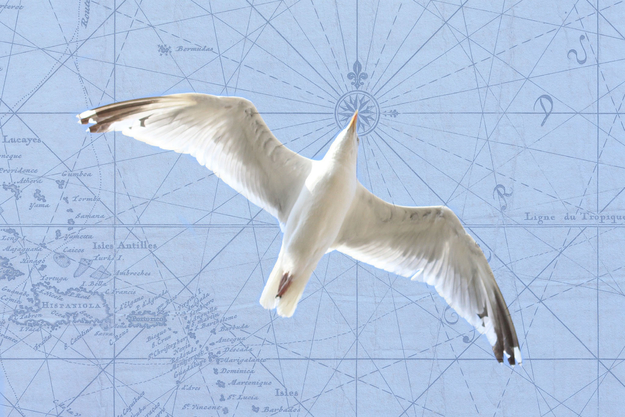Homing pigeons face a similar challenge, often making journeys of several hundred miles. Almost always successfully. But this actually is not a very surprising thing, as there are countless migratory birds, and nature prepared them thoroughly. They will start binging on food at the right moment, and some species even fly at night because they can recognise constellations. And last year, researchers confirmed something they had been suspecting for years: seagulls make mental scent-maps.
How it works? Birds know what smells are coming from which direction when they are at the colony. This helps the gulls locate themselves, so they know to, for example, head west when they encounter a particular smell. Based on the next scent they make their next move and so on, all the way home.
Basically, by breathing attentively, you will know if you are going the right way. Wouldn't that be incredibly convenient?
Follow your beak
Natural nasal navigation in nautical natives
Imagine being a gull in your natural habitat: hovering over a great sea. Waves that constantly change shape, no points of recognition whatsoever, just a blue world above as well as below. How would you know where you left your nest?

a superior sense of smell - this gull knows exactly where it's going